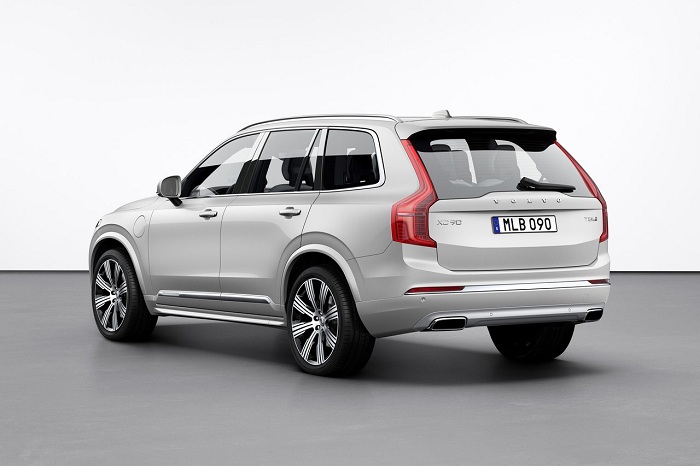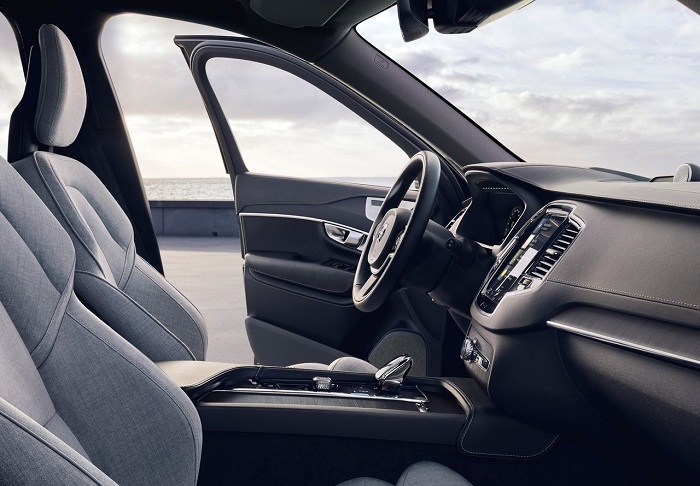Externally, the changes are incrementally small and limited to a lightly tweaked grille, new colours and alloy wheel designs, while the interior’s sole addition is new material choices including a wool blend and Android Auto for the Sensus Connect infotainment system. More extensive is the updated array of safety systems that includes Rear Cross Traffic Alert with Autobrake, Oncoming Lane Mitigation and Steering Assist for the City Safety and Blind Spot Monitoring systems.

In-line with Volvo’s announcement in 2017 that it will add an electric motor to all of its models from 2019, and with the next XC90 doing without diesel engines, the current model not only sees the introduction of the new B badge in replacing the previous T and D engine denominators, but the electric motor that works in tandem with the petrol or diesel engine, and recovers and stores kinetic energy lost during braking in a similar way to the KERS system used in Formula 1.

According to Volvo, the setup translates to a 15% save in both fuel consumption and emissions. As per the new badging, petrol models will carry the B5 designation and the diesel models the B6 nomenclature, while the plug-in variant will retain the T8 moniker.
Expect more details to be revealed when the XC90 officially enters production at Volvo’s Torslanda Plant in May this year.
















